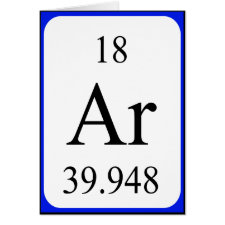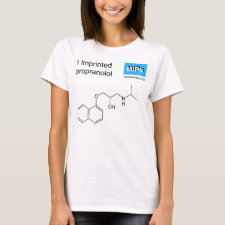
Authors: Dorkó Z, Nagy-Szakolczai A, Tóth B, Horvai G
Article Title: The Selectivity of Polymers Imprinted with Amines.
Publication date: 2018
Journal: Molecules
Volume: 23
Issue: (6)
Page numbers: ArticleNo1298.
DOI: 10.3390/molecules23061298
Alternative URL: http://www.mdpi.com/1420-3049/23/6/1298
Abstract: One of the main reasons for making molecularly imprinted polymers (MIPs) has been that MIPs interact selectively with a specific target compound. This claim is investigated here with the example of a widely used type of noncovalent MIP, the MIP for the beta blocker propranolol. Adsorption isotherms of this MIP and of a nonimprinted control polymer (NIP), respectively, have been measured with a series of compounds in the porogen solvent acetonitrile. The results, visualized as "selectivity ladders", show that the MIP binds propranolol and many other amines better than the NIP does, but the selectivity of the MIP is actually inferior to that of the NIP. The selectivity of either polymer for propranolol is modest against many amines, but is remarkable with respect to other compounds. The contribution of imprinting towards selectivity can be better appreciated when three MIPs, made with different amine templates, are compared among themselves. Each MIP is seen to bind its own template slightly better than the other two MIPs do. In media different from the porogen, the selectivity patterns may change substantially. Propranolol seems to have properties that make it stand high on the selectivity scale in different solvents, albeit for different reasons
Template and target information: propranolol
Author keywords: molecular imprinting, selectivity ladder, adsorption, beta blocker, medium effect



Join the Society for Molecular Imprinting

New items RSS feed
Sign-up for e-mail updates:
Choose between receiving an occasional newsletter or more frequent e-mail alerts.
Click here to go to the sign-up page.
Is your name elemental or peptidic? Enter your name and find out by clicking either of the buttons below!
Other products you may like:
 MIPdatabase
MIPdatabase









